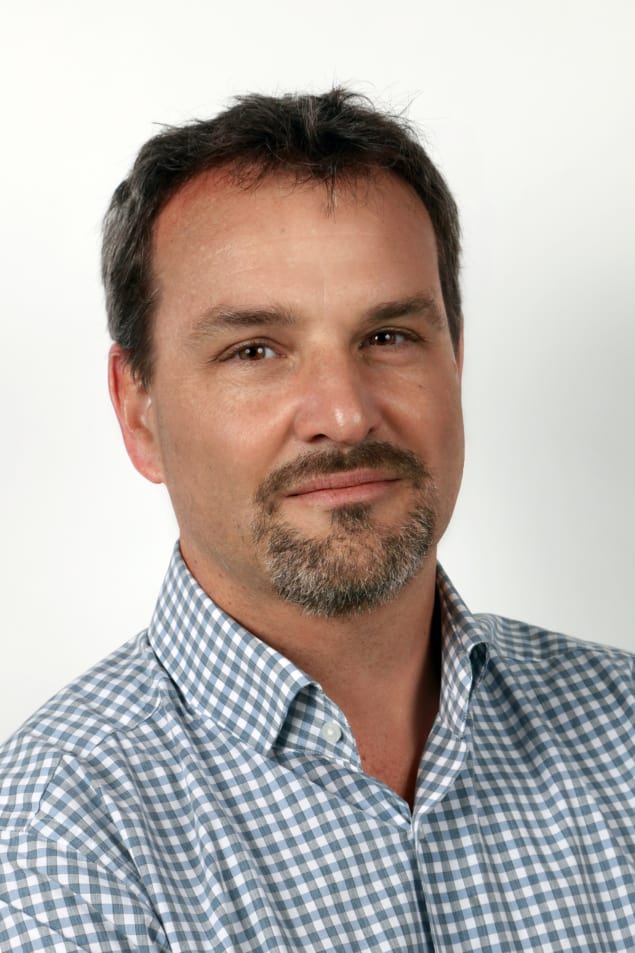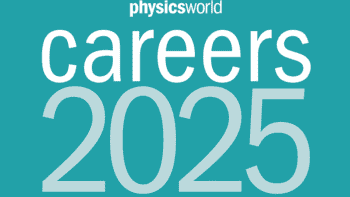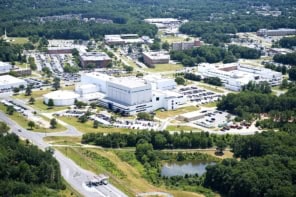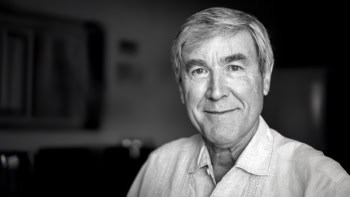Grégoire Ribordy is the chief executive of ID Quantique, which he co-founded to commercialize the quantum key distribution (QKD) technology developed in physics labs at the University of Geneva, Switzerland

What led you to set up your company?
A number of factors. One was that QKD was just starting to gather interest from – well, not users exactly, but businesses that were interested in the technology in general. The other was that I was finishing my PhD and didn’t know what to do. I didn’t feel I would be good in an academic career, so I felt ready to try something else. Also, another start-up, MagiQ Technologies, had just been founded to commercialize QKD, and we had some early contacts with them. That made the possibility seem more concrete.
Who helped you start the company and what did they contribute?
There were four co-founders. Two of them were my PhD advisors at the University of Geneva, Nicolas Gisin and Hugo Zbinden. They were mentors, and they helped us get access to some expensive equipment at the beginning. The fourth co-founder was an electronic engineer, and in quantum technologies the engineering part is just as important as the physics (maybe even more so, now). We worked together to build prototypes.
How did you get funding?
The company was started in October 2001: after the dot-com crash, after the 11 September terrorist attacks, and way before Europeans knew about venture capital. Switzerland is also extremely unfriendly to start-ups in terms of funding because there is no public money available; it’s friendly in other ways, in the sense of being an efficient place to do business, but not with funding. That meant we had to bootstrap, and one thing we did right (and that we continue to try to do today) was to ask ourselves, “What can we sell quickly?”
In the beginning, we had a prototype QKD system: an Alice (sender) and a Bob (receiver). We had taken the first step towards creating a product by taking all the lenses and other components from our optical table and putting them in a standard 19-inch rack. The most challenging part of doing that was that at the time, the single-photon detectors used in the receiver needed to be cooled with liquid nitrogen. This was not so practical, so instead we mounted the detectors on thermoelectric coolers (Peltier coolers). That way, we could take our boxes to banks and telecommunications operators, plug the box into the wall and do demos.
We were super-proud of this prototype, but it was a university prototype. Lots of things were missing. When we showed it to businesspeople, they’d say, “Well, okay, that’s nice, but there’s still a bit of engineering needed.” We needed an alternative revenue opportunity, so we took the detector out of the box, developed a separate detector module and started selling it to former colleagues in the research community. And the funny thing is that we got our first sizeable order, for something like $100 000, before the company officially started, when the product itself was just a list of specifications on an A4 piece of paper. We were lucky that people trusted us enough to place an order for $100,000 to a non-existent company for a non-existent product.
Our other funding strategy was to find support in the form of prizes and awards for start-ups. For example, we won the Swiss Technology Award, and that gave us an opportunity to present at CEBIT, which is a big information technology trade show in Hanover, Germany. We were at the Swiss national pavilion, and one night, five minutes before the show closed, a guy came and said, “You know, I want to invest in quantum technologies. Are you interested?” This was our first business angel. He invested €1m, three years after we started the company, and that was when we were really able to build a team to industrialize our QKD and QRNG [quantum random number generation] technology.
What are you working on now?
We’re working on integrating QKD into more and more applications. The first use case for QKD, which is now more than 10 years old, is to do encryption in a point-to-point network. If you’re a government, for example, and you want to communicate securely between two sites, you buy two boxes and they will basically encrypt everything once you have the interface set up to use the keys. That was what we sold to banks and to governments for 10 years. Now, though, we are seeing interest in the telecommunications market for making encryption part of the 5G network, but to do that you need to interface to traditional telecoms equipment rather than encrypters. That’s one of our big projects – to, in a sense, take our QKD device, open the right interfaces to key management and network management systems, and get everything certified not only for security, but also for reliability.
What do you know now that you wish you’d known when you started the company?
That it’s all about people and motivating people. When you talk to venture capitalists, they always say “we invest in teams,” but I think there’s a good reason for that. When you go into a new market or a new technology, you need to have a credible vision, but you also need to adapt, and that’s based on the ability of the people around you. Also, some people are good for certain phases of a company’s development, but later, you need to find a way to bring new expertise in – ideally in a proactive rather than a reactive way.
What sorts of skills became important (or less important) as the company grew?
I would say physics is less important, because there’s a big community out there doing the physics, and we can read their papers and implement their ideas. We need to understand enough physics to understand the papers, but the details are less important. Engineering is more important when you need to make a product that works. You also need sales and marketing skills. We made this transition maybe six to eight years ago, and the next big challenge will be ramping up so that we’re able to manufacture 1000 devices instead of 100. There are certain things you can do when you make a small number of devices, such as relying on a single supplier for a particular component, that need to change once you become industrialized.
What’s your advice for someone starting a quantum technologies firm now?
Get good business advice as soon as possible. This might be through a mentor, but if you are a PhD student, your mentor is typically your adviser, and in most cases they won’t know much about running a business. So you might want to bring in independent directors to your board who will offer another perspective. We did that after about seven years and it brought a lot of value. Getting that kind of expertise will save you time on stupid, operational questions — they’ve answered those questions already, so you don’t have to make the same old mistakes yourself.
The other thing I’d mention is that in Europe, we still have a big challenge in terms of getting funding for companies to grow. It’s easy to find seed funding – the first few millions that will let you develop a first product. But it’s very challenging to go for the next €5–10m to grow the company. Hopefully, that’s an area where the European community – not necessarily the EU, but people in Europe – can find a solution. Otherwise companies will go elsewhere to look for funding, to Asia or the US, and then there’s a chance that the centre of gravity will move away such that the economic benefits of the research done in Europe will not occur in Europe.



